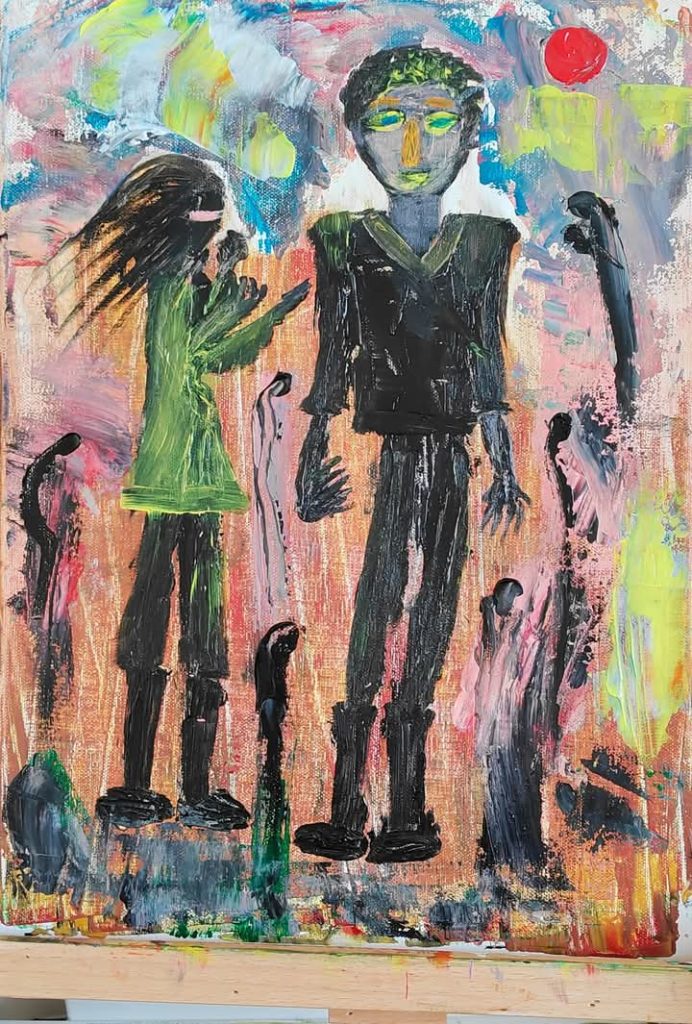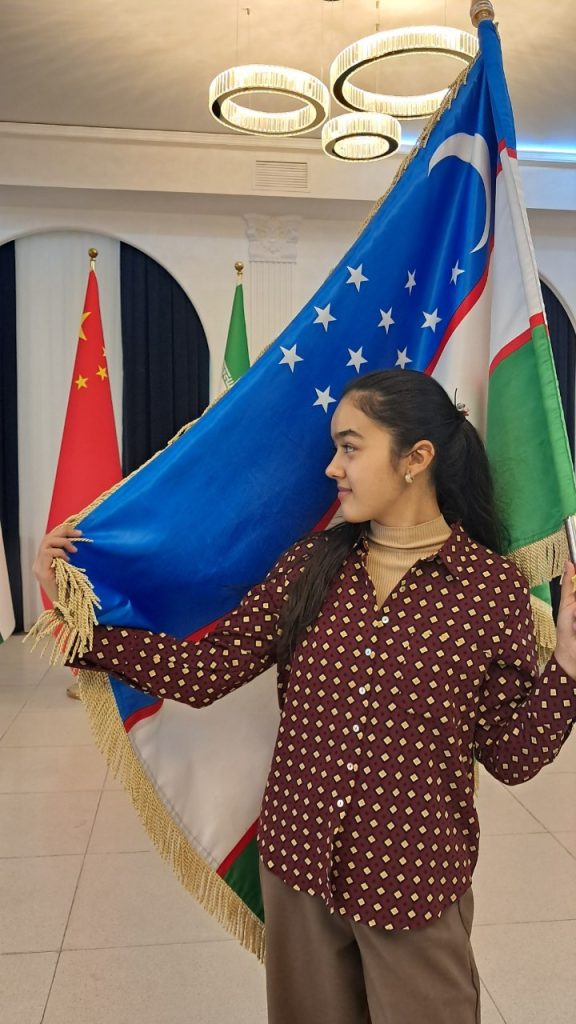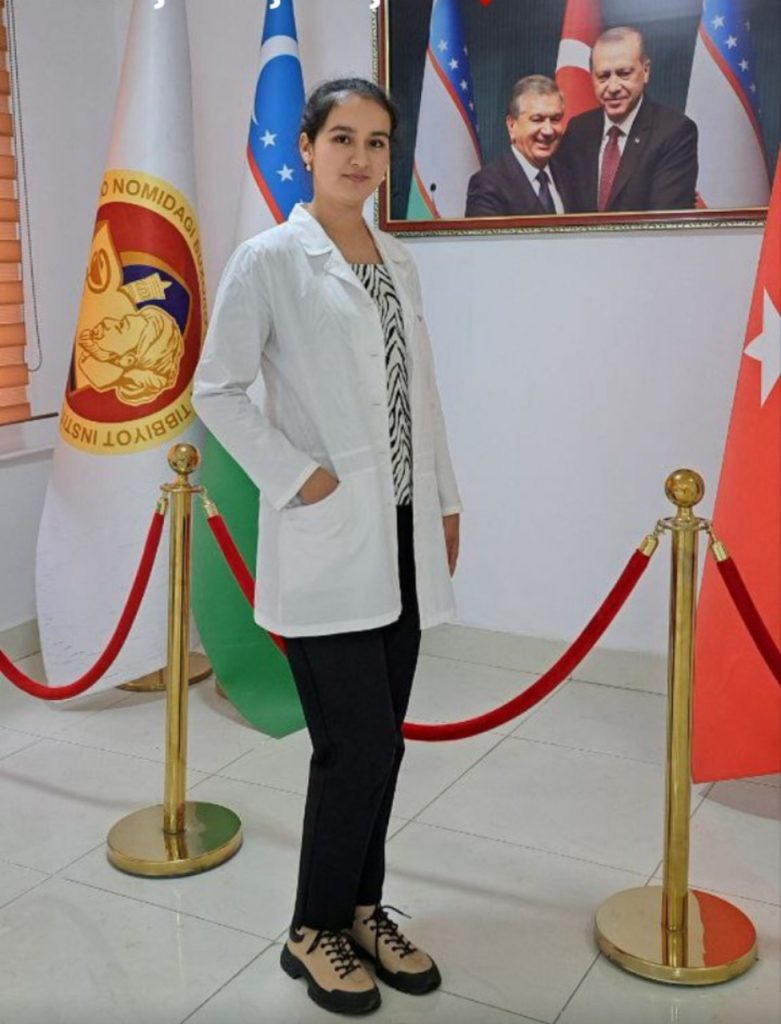Where am I
where am i
an extremely
cold stream
soot-streaked trees
desolate
& bare mountain
grains grow
in the roses
but
the roses reach
into the vast tracts
the wheat is dancing
beneath obsidian clouds
the rain kisses the roses
with tender lips
where am i
there are no peacocks
crowned in rainbow hues
there are no hummingbirds
alight in beams
there is no shimmering lake
to mirror Eden’s vision
i’ve forgotten
i am cast out from
the Garden of Eden
hard to harvest my soul
whispering for the time past
choking back my tears
praying
until my spirit recovers—
after
leaving god
Blue Horse
We had seen the bold and blue horse
in my dream; its strong body,
like a horse on the prairie,
like a cowboy’s horse.
It could fight, it could run.
In our hearts,
we once rode a blue horse
in our dreams,
galloping in the land of freedom.
Some pain was like a lean horse,
running fast for a moment before collapsing.
Because my sister and I—
our memories didn’t fade.
There was some joy in them,
fresh as the blue horse.
Sometimes we lacked the courage
to carry ourselves far enough to escape our family—
a home filled with liquor bottles.
Father’s face was red,
quarreling and fighting.
Illness took you away;
you never broke free from the cage.
The funeral flowers mirrored
your snow-white skin—
it was your grand festival.
In death, you become weightless.
Death carries you on a blue horse
to a place of freedom.
Minotaur
The Art Institute into Tuesday’s snow.
When my eyes opened, I was trapped in the museum’s labyrinth (Tiny as a shadow). Unknown monsters faced me, horns casting twin shadows. / Hallucination? / /Blood! People! / I want to escape the twisted halls. /
/ Too vast, the museum warped into impossible geometry. / / Blood, blood, blood, the Minotaur drinking museum’s lights like wine. / / I saw the monster devour the soul of a person, and the Minotaur ate the monsters, as if history endlessly repeats itself. /
/ Just like two sides of history’s dark mirror. / / I couldn’t separate myth from memory. The monster becomes real only in relation to trauma; both past and present might be true or false. /
/ b / bl / bla / / b, bla, b, black black black black black sun sun sun sun sun / I exorcise Munich’s beer hall memories, 1923 to1933, darkness envelops Chicago snow. I try to comprehend-histories. Outside the painting, only one museum, Inside the painting, multiple wars, The ghosts of WWII, European ghosts, red and black, bleeding.
As the Minotaur devours monsters, I seek meaning in chaos. Especially beneath the museum’s artificial lights, I remember what Minotaur told me: “The survivors of horror become storytellers, and all stories and human are one.”
In this moment, the endless snow falls silent. The black sun falls silent. Like human of memory. Like history coming to a still. Back to reality, everything is fine. I am enjoying Picasso’s Minotaur with ease.
Yucheng Tao is an international student, who has been studying songwriting at MI College of Contemporary Music in Los Angeles. His work won the Open Them Wingless Dreamer 2024 contest, and Moonstone Art Center published it.





